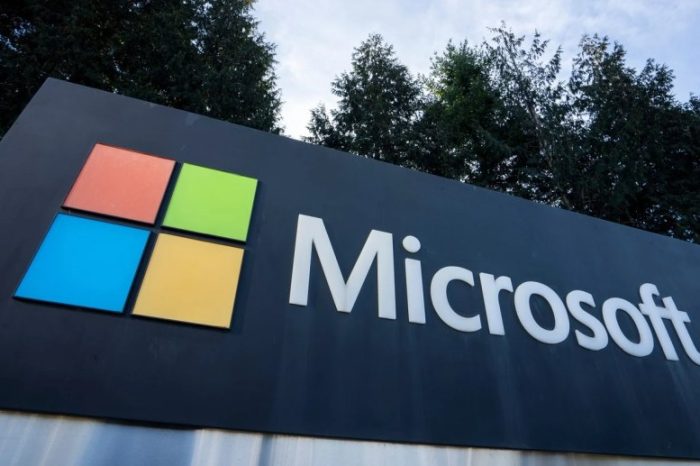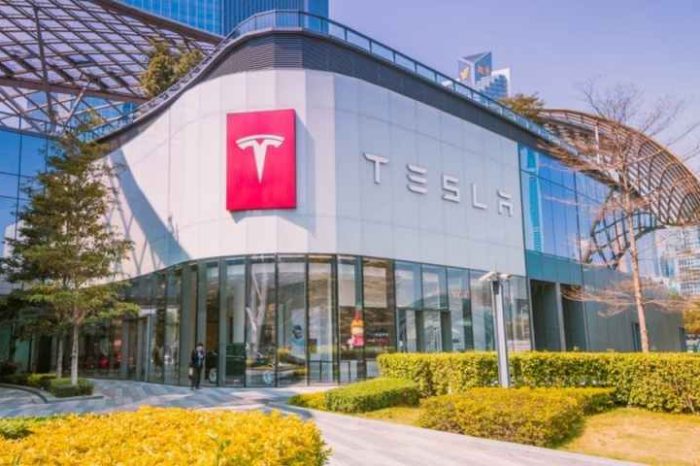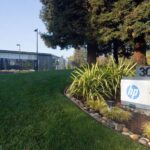HP to cut up to 6,000 jobs by 2028 in AI-driven restructuring as tech layoffs continue

HP is tightening its belt again, and this time the cuts go deeper and stretch further into the future. The company said it expects to eliminate between 4,000 and 6,000 jobs globally by fiscal 2028 as it restructures its operations and leverages artificial intelligence to speed up product development, improve customer satisfaction, and push productivity higher. Investors were quick to react, sending shares of the Palo Alto-based company down 5.5% in extended trading.
The reductions will hit teams across product development, internal operations, and customer support. During a media briefing, CEO Enrique Lores framed the move as a long-term efficiency play tied to HP’s broader transformation.
“We expect this initiative will create $1 billion in gross run rate savings over three years,” he said. These new cuts come on top of another round announced in February, where the company let go of an additional 1,000 to 2,000 employees as part of a previous restructuring effort, Reuters reported.
HP’s decision follows a familiar pattern taking shape across the tech sector. According to Layoffs.FYI, 237 technology companies have already eliminated more than 114,000 jobs this year, with giants like Amazon, Google, Microsoft, and Meta all making reductions as they redirect resources into AI initiatives.
Amazon cut 14,000 jobs in October. Google recently let go of more than 100 design employees as it reshuffled talent to focus on AI, and earlier in the year, it eliminated hundreds of roles across its Android, Pixel, and Chrome teams. Microsoft trimmed 9,000 jobs in July. HP now joins that same tightening cycle.
Ironically, growth in AI-powered computing is one of the bright spots in the company’s business. More than 30% of HP’s PC shipments in the fourth quarter ended October 31 were AI-enabled systems, a sharp increase that signals strong demand. At the same time, that demand is fueling higher component costs. A global surge in memory chip prices, largely driven by data center expansion, is starting to squeeze margins for device makers like HP, Dell, and Acer. Morgan Stanley analysts have warned that rising prices for DRAM and NAND chips could put added pressure on profits across the sector.
Lores acknowledged that impact is coming. “We are taking a prudent approach to our guide for the second half, while at the same time implementing aggressive actions like qualifying lower cost suppliers, reducing memory configurations and taking price actions,” he said. HP expects to feel the brunt of those increases in the second half of fiscal 2026, though it has enough inventory on hand to get through the first half.
Looking ahead, the company forecasts fiscal 2026 adjusted earnings per share between $2.90 and $3.20, below analysts’ average estimate of $3.33, according to a report from Reuters, citing data from LSEG. For the first quarter, HP expects adjusted EPS between 73 cents and 81 cents, with the midpoint slightly under expectations. Revenue for the fourth quarter came in at $14.64 billion, edging past the $14.48 billion that analysts had projected.
The message from HP is clear: leaner headcount, heavier AI investment, and a sharper focus on efficiency as costs rise and competition for AI infrastructure intensifies. For workers and investors alike, it’s another reminder that the AI shift is rewriting priorities all across Big Tech.




